Want to view the full video?
You need to be an ESO Digital Supporter to view the full content. Please click here for more information, or sign in to your account below if you’re already registered.
Already a supporter? Click here to log in.
Programme
Sibelius Symphony No.7
Artists
English Symphony Orchestra
Click here to view the Orchestra List
Conductor: Kenneth Woods
About this Concert
Finnish composer Jean Sibelius composed his last symphony, the Seventh, in 1924. Though he would live another 33 years after its completion, he would never again complete a symphony. This remarkable work unfolds in a single, unbroken musical span of about twenty minutes, yet it depicts a musical drama of truly epic proportions. This May 2021 performance by the English Symphony Orchestra marked the first time the orchestra’s full symphonic forces were brought together since the outbreak of the covid pandemic, and the atmosphere of the sessions had a particular degree of intensity as a result. With this performance, the orchestra embarked on a multi-year project to explore, perform and record all the Sibelius symphonies, with No. 6 planned for spring 2022, alongside Sibelius’ final orchestral work, the symphonic poem Tapiola.Free public viewing 19th-23rd November 2021, and then available only to ESO Digital supporters until 22nd February 2022.
Reviews
Arcana.fm- 19th November 2021
Richard Whitehouse
https://arcana.fm/2021/11/19/english-symphony-orchestra-sibelius/amp/
It is good to see that, despite resuming its live schedule this autumn, the English Symphony Orchestra has continued the Music from Wyastone online series as was such a boon over 18 months of lockdown. Moreover, this latest instalment begins the ESO’s most ambitious such project – the seven symphonies (with Tapiola) by Sibelius to run across the 65th anniversary of his death next year. Starting with the Seventh Symphony is certainly a provocative gambit, and it remains to be seen whether this cycle unfolds in strictly backward chronological order.
A decisive (but not simple) test in a performance of this work is how the overall trajectory is perceived. In almost all the most successful readings, the music evolves as if intuitively – the end being implicit in the beginning more than with any symphony before or since. This was certainly true of the ESO’s account, in which the formal constituents were hardly tangible as such until after the event. Sibelius may have distilled the thematic aspect to its essentials, yet in so fusing form and content he endowed this piece with an inevitability always evident here.
Following an expectant if not unduly tense introduction, Kenneth Woods built the first main section with unforced eloquence to a first statement of the trombone chorale as provides the formal backbone. His transition into the ‘scherzo’ was less abrupt than many, while picking up energy such that the chorale’s reappearance generated the requisite momentum to sustain the relatively extended ‘intermezzo’ with its felicitous interplay of woodwind and strings. If his approach to the chorale’s last emergence seemed a fraction cautious, the latter’s intensity carried over into the searing string threnody (much emulated but not equalled by generations since) that subsided into pensive uncertainty – from where the music gathered itself one last time for a magisterial crescendo which, rightly, did not so much end as merely cease to be.
A deeply thoughtful and superbly realized performance which launches the ESO’s Sibelius cycle in impressive fashion. A pity, though, that the end-credits should be accompanied with a repeat of music heard earlier. At the close of such a piece, the rest really should be silence.
Adventures in Music - 21st November 2021
The process leading to Jean Sibelius’s Symphony No. 7 in C major op. 105, completed and premiered in 1924, can be traced back to December 1917, when the composer first referred to the work in his diary. However, its musical roots go even deeper, as far as some of the thematic material and the overall one-movement structure are concerned.
Composed in parallel with Symphony No. 6 in D minor, Op. 104 (1918-23) and the final revisions of Symphony No. 5 in E flat major (1914-15/1916/1919), the Seventh Symphony became the culmination of Sibelius’s symphonic journey; an entire sounding universe condensed into circa twenty four minutes of music. Although the three last symphonies inhabit somewhat shared realms, each of them constitutes its own symphonic credo. The family resemblance between the three is rooted in the ideas of symphonic fantasy and thematic unity, eventually yielding to the one-movement design of the Seventh.
It took some time for Sibelius to decide upon the title of his symphonic summa. After trying out Fantasia sinfonica and Sinfonia continua, the composer finally landed on Symphonie Nr. 7 in einem Satze a year after the premiere. In 1926, two years after completing the symphony, Sibelius went forth to compose his last large-scale orchestral score, Tapiola (1926), where he pushed the one-movement scheme even further, devising a seventeen-minute symphonic poem out of musical ingredients laid out on the very first page. After that, the process of writing the Eighth Symphony famously ended in cul-de-sac, with the composer eventually burning the manuscript in the course of his musical auto-da-fé, as Aino Sibelius aptly coined it, in 1948.
Thus, the Seventh Symphony became the unintended zenith of Sibelius’s cycle. In retrospect, the symphony sits in that rôle remarkably well, as the fine performance by the English Symphony Orchestra and Artistic Director & Principal Conductor Kenneth Woods, released online as a part of their Music from Wyastone series, resoundingly demonstrates.
Recorded under Covid restrictions last May, there are circa forty members of the ESO onstage; a line-up not far removed from the orchestral forces at play in Helsinki around the time of Sibelius conducting the first performances of his works. Scored for duple winds, four horns, three trumpets, three trombones, timpani and strings, the symphony certainly benefits from the transparency and dexterity of a smaller string ensemble.
Alongside its overall formal scheme, Sibelius’s Seventh Symphony takes a radical look at texture as well. Perhaps inspired by his studies of Renaissance polyphony, the composer rethink of melody and accompaniment is crucial to the symphony, best manifested in Sibelius’s conception of the trombone theme at the very heart of the score. Therefore, the questions of balance become ever so essential in this symphony, from its scale-wise opening gesture to the very closing chord, where the overlapping string crescendo and brass diminuendo produce completely unique, and enigmatic, final remark.
Throughout the performance, Woods and the ESO devote admirable attention to clarity and balance, providing the listener with a wonderfully translucent reading, harking back to Paavo Berglund’s ground-breaking takes on the score. Yet, none of this finesse comes at the cost of intensity. On the contrary, the Wyastone performance is one to keep the listener on the edge of the seat from start to finish. There are a couple of occasions, mainly in the vivacissimo orchestral storm, where the marvellous ESO string section might have benefited from a couple of extra stands, but these fleeting moments are compensated manifold by the spellbinding overall translucence of the orchestral fabric.
In terms of form, Sibelius’s one movement arch goes way beyond that of Schumann’s Symphony in D minor (1841) and Schoenberg Kammersymphonie, op. 9 (1906). Instead of simply having the usual four-movement scheme played attacca, with thematic connections, Sibelius lets his material grow organically into a series of symphonic gestures, which are then joined seamlessly into one, ever-transforming musical entity. For its performers, the Seventh Symphony possesses extraordianary challenges of continuity and thematic logic, which are met with insight and inspiration by Woods and the fantastic ESO players.
Woods does not linger with his chosen tempi. Nor does he hasten, for that matter. Instead, the musical sequence unfolds in natural manner, with each section taking shape according to its inner logic. As a result, we get an intense twenty-two-minute outing, clad in an idiomatically Sibelian guise. The juxtaposition of tremendous innate energy and utmost structural finesse is firmly established by the top-class performance.
Available for free public viewing until the end of Tuesday 23 November, and then for the ESO supporters until 22 February 2022, this is a webstream not to be missed. In some ways, the standalone outing for the symphony comes off as an ideal setting, given the unusual musical weight contained within the 525 bars Sibelius penned into his score.
Production Information
Recorded at Wyastone Concert Hall, Monmouth, on 2nd May 2021.
Producer: Phil Rowlands
Videographer: Tim Burton
Orchestra Manager: Simon Brittlebank / The Music Agency
Stage Manager: Ed Hayes / The Music Agency

